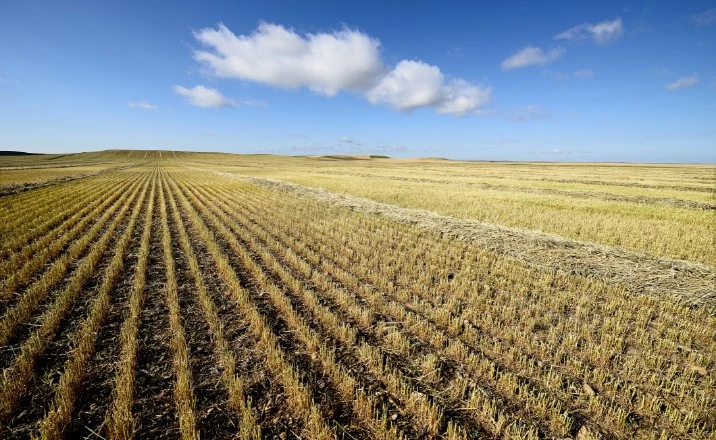
Low soil pH can reduce crop yields, limit the availability of nutrients, and even increase the toxicity of certain elements. Understanding the processes behind soil acidification can help you manage and mitigate its effects. Here’s a breakdown of the causes of low pH.
Low pH soils are not uniformly distributed across Western Canada. Variability in soil types, rainfall, and farming practices means that areas in Alberta, Saskatchewan, and Manitoba each face unique challenges when it comes to soil acidification.
For more information: Grainnews – Les Henry: Geography of acid soils in the Prairie provinces
Curious about how to address low pH on your farm? Learn more about how H-Start can help improve soil health and productivity. Contact Us to learn more.